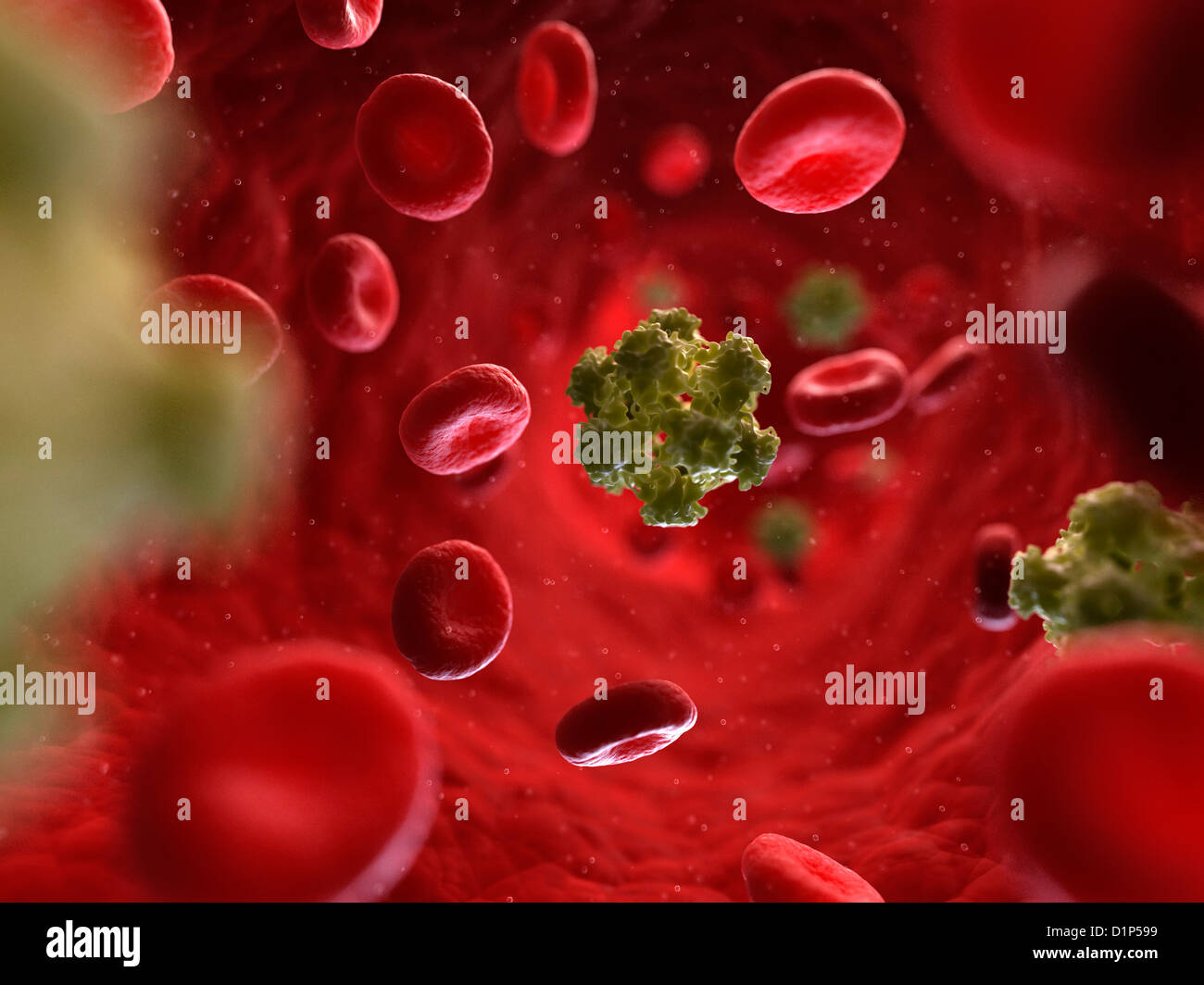Human papillomavirus (HPV) is the most prevalent sexually transmitted infection (STI) in the United States, raising concerns among many women about its potential symptoms and effects on their health. This article aims to address common questions about HPV, its signs, and its impact on women’s health.
Advertisement
Understanding HPV:
HPV is the most common STI, with approximately 43 million HPV infections reported in 2018. Many of these infections occur among individuals in their late teens and early 20s. HPV comprises numerous types, some of which can lead to health issues such as genital warts and various cancers. However, vaccines are available to prevent these adverse health outcomes. It’s important to distinguish HPV from other viruses like HIV and HSV (herpes).
How is HPV Transmitted?
HPV is primarily transmitted through vaginal, anal, or oral sexual contact with an infected individual. Most commonly, transmission occurs during vaginal or anal intercourse, but it can also happen through close skin-to-skin contact during sexual activities. Importantly, a person with HPV can infect others even when they display no noticeable signs or symptoms.
Furthermore, it’s worth noting that sexual activity with one partner doesn’t guarantee protection against HPV. In some cases, individuals may develop symptoms years after sexual contact with an infected partner, making it challenging to determine when the infection was initially acquired.
Does HPV Cause Health Problems?
In about 90% of cases, HPV infections clear up on their own within two years without causing any health problems. However, when HPV persists, it can lead to issues such as genital warts and cancer.
- Genital Warts: These warts typically appear as small growths in the genital area and can vary in size, shape, and appearance. A healthcare provider can diagnose genital warts by examining the affected area.
- Cancer: HPV is associated with several types of cancer, including cervical cancer, vulvar cancer, vaginal cancer, penile cancer, and anal cancer. It can also lead to cancer in the throat, particularly in the base of the tongue and tonsils. Cancer often takes years, even decades, to develop after an individual contracts HPV.
Preventing HPV and Its Health Effects:
Several measures can be taken to reduce the risk of contracting HPV:
- Vaccination: The HPV vaccine is safe and effective in preventing diseases, including cancers, caused by HPV when administered in the recommended age groups.
- Cervical Cancer Screening: Regular screening for women aged 21 to 65 years is essential for preventing cervical cancer.
- Safe Sexual Practices: Consistently using condoms during sexual activity can lower the risk of HPV transmission, although it may not offer full protection, as HPV can infect areas not covered by the condom.
- Mutually Monogamous Relationships: Being in a mutually monogamous relationship or having sexual contact only with a partner who is also monogamous can help reduce the risk of HPV transmission.
Who Should Get the HPV Vaccine?
Advertisement
The Centers for Disease Control and Prevention (CDC) recommends the HPV vaccine for:
- All preteens, both boys and girls, at ages 11 or 12 years (starting as early as 9 years old).
- Everyone up to the age of 26 who hasn’t been vaccinated.
While vaccination is generally not recommended for individuals older than 26 years, some adults between the ages of 27 and 45 who haven’t received the vaccine may decide to do so after discussing their risk for new HPV infections with a healthcare provider.
Determining HPV Status:
Currently, there is no test available to determine a person’s “HPV status.” Additionally, there is no approved HPV test for detecting the virus in the mouth or throat. HPV tests used for screening are typically employed for women aged 30 and older, not for men, adolescents, or women under the age of 30.
Notably, most people with HPV don’t realize they have the infection, as they may never exhibit symptoms or experience health problems. Some may only become aware of their HPV infection when they develop genital warts, or women may discover it through an abnormal Pap test result during cervical cancer screening. In some cases, individuals only learn about their HPV infection after experiencing more severe health problems, including cancers.
HPV’s Prevalence and Its Health Effects:
HPV is remarkably common, with an estimated 43 million HPV infections in 2018, including 13 million new infections within the same year. The prevalence of HPV is so high that virtually every sexually active individual will encounter the virus at some point unless they receive vaccination.
Health problems related to HPV include genital warts and cervical cancer. Genital warts affected approximately 340,000 to 360,000 people annually before HPV vaccines became available. Cervical cancer continues to be a significant concern, with nearly 12,000 women in the U.S. diagnosed with cervical cancer each year, resulting in over 4,000 deaths, even with screening and treatment.
HPV and Pregnancy:
Pregnant individuals with HPV can develop genital warts or experience abnormal cervical cell changes. Routine cervical cancer screening remains essential during pregnancy.
Treatment for HPV and Health Problems:
There is no direct treatment for the HPV virus itself. However, medical treatments are available for the health issues that HPV can cause, including genital warts and cervical precancerous changes. Timely identification and treatment of these conditions are crucial, as prevention is always preferable to treatment.
In conclusion, understanding HPV, its potential health consequences, and the importance of vaccination and regular screenings is crucial for women’s health. HPV, while highly prevalent, can be managed with appropriate care and preventive measures.


Leave a Reply